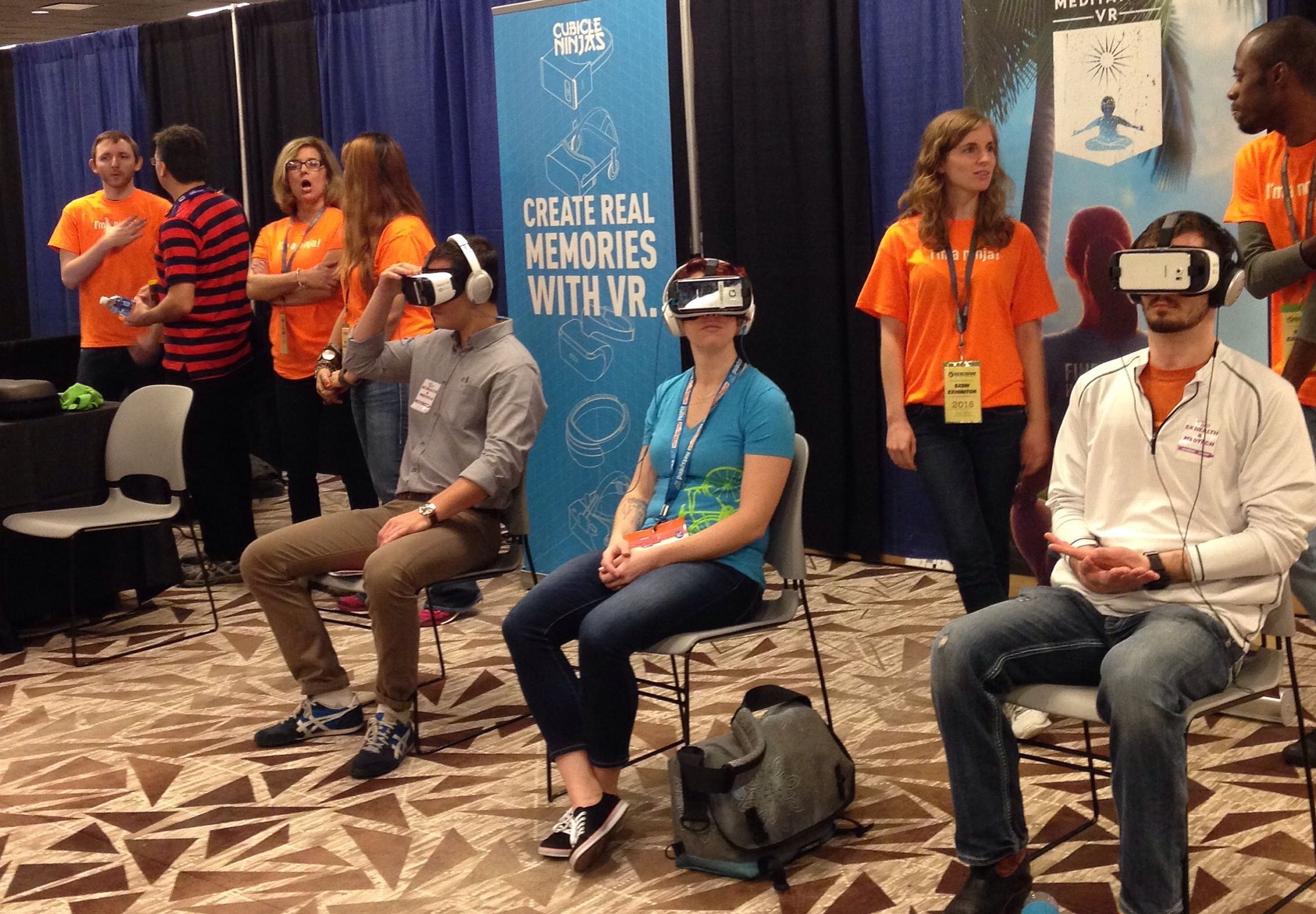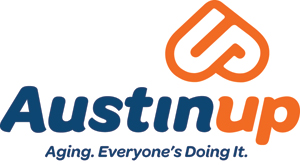
SXSW Interactive 2016 provided many opportunities to learn about medical and technology innovation related to aging. It was an adventure that left us feeling hopeful about the future of aging.
Panels and presenters discussed:
- “Personal assistants” that include Apple’s Siri and “smart devices” such as Amazon’s Alexa (Echo) that make everything you need “just a conversation away”
- Easier access to healthcare through telemedicine
- A “smart” grocery cart that drives itself and helps shoppers make healthier food choices at the grocery store
- A “pharmacy of the future” that manages prescription refills, deliveries, doctor approvals, and packaging into patients’ daily doses
- A debit card with special security features to prevent fraud against seniors
- A chip implant that can restore healthy memory function in the hippocampus, the part of the brain most affected by Alzheimer’s disease and dementia
- The “Internet of Caring Things,” a network of connected services, apps, objects and cognitive systems that an elder’s family, friends and neighbors use to proactively monitor his or her health and well-being, and
- A brand new medical school right here in Austin that collaborated with UT’s College of Fine Arts to create the Design Institute for Health, “a first-of-its-kind initiative dedicated to applying a creative design-based approach to the nation’s healthcare challenges.”
Yes, some of the technology is still a work in progress. For example, as anyone who has tried unsuccessfully to ask Siri a question, it’s clear that humans should not have to change our speech patterns in order to meet the needs of personal assistants. And an Uber app might be fine when you need a quick ride downtown, but an “Uber for healthcare” app offering fast service for a loved one’s care probably isn’t as enticing. But efforts are moving in the right direction. No doubt by SXSW 2017, we will see great improvement to existing technologies as well as new developments in aging innovation.
The challenge, as one presenter put it, is converting a world built by and for the young into a world that supports and engages a population that will live 100 years and beyond. AustinUP is working toward this goal and along the way, we’ll change the tired notion that “elders are a burden to society” to elders are a valuable asset. Calling all entrepreneurs – engaging and supporting boomers and seniors is the hot, new business model. Let’s do this!
Here is a sample of the panels offered at this year’s SXSW Interactive. Click the titles (links) for more detail.
HAL to Her: Humanizing Tech Via the Power of Voice As we move into a more tech-enabled society, screens will fade to the background as voice takes the lead.
Virtual Health: Is it Real or Just Fantasy? Rapid development of technology is enabling virtual health platforms to provide improved access and quality.
Rethinking Healthcare through Design Thinking Design is often thought of as an “aesthetic” discipline, whereas the healthcare industry is perceived to be as cold as it sounds. But the business of health is plagued by inefficiency and ineffectiveness, and design thinking offers possibilities for addressing many of its difficulties.
Brain Prosthetics: A Chip to Restore Your Memory Exploring the world’s first chip-based human memory prosthetic for people suffering from traumatic brain injury, Alzheimer’s, dementia and more.
Tech in the Golden Years: How Tech Changes Aging Tech start-ups working in senior healthcare.
Aging Population and the Internet of Caring Things Accessible technology reinvents the relationship between computers and humans and levels the playing field so that all people – including seniors – have equal access to the information they need for work and life.
Fresh Thinking on Old Age: Design for Fulfillment Moving away from generalities on aging to focus on solutions, insights and tools that will lead to innovation in policy, environments, services, digital interactions, and products for the aging population.
